Explaining Different Types of Water Drain and Supply Pipe Types
Hello, I’m Marc from People’s Choice Home Inspections. As a home inspector with a background in pest control, termite work, and extensive experience as a maintenance technician at two large hotels in Charleston, I’ve gained a deep understanding of various plumbing systems. Since starting my home inspection business in 2017, I’ve encountered many water drains and supply pipes. Today, I’ll share insights on the different types of pipes you’ll find in homes, drawing from my certifications with InterNACHI and expertise in thermal imaging.
Types of Water Supply Pipes
Copper Pipes
Copper pipes have been a popular choice for plumbing systems for many years due to their numerous advantages. Here are some key benefits of using copper pipes:
- Durability: Copper pipes are highly durable and can last for several decades. They are resistant to corrosion and can withstand high water pressure without breaking down, making them ideal for hot and cold-water supplies.
- Corrosion Resistance: Unlike other types of pipes, copper is naturally corrosion resistant. This resistance helps maintain water quality and extends the plumbing system’s lifespan.
- Bacteriostatic Properties: Copper has natural bacteriostatic properties, meaning it inhibits the growth of bacteria within the pipes. This characteristic makes copper a safe choice for drinking water systems.
- Heat Resistance: Copper pipes can handle high temperatures, making them suitable for hot water supply lines. Unlike some plastic pipes, they do not warp or weaken under heat.
- Recyclability: Copper is a recyclable material. Old copper pipes can be melted down and reused, making copper an environmentally friendly option.
- Strength and Reliability: Copper pipes are strong and reliable, capable of withstanding extreme conditions without cracking or leaking. This strength makes them suitable for a variety of applications, including underground and outdoor use.
- Ease of Installation and Maintenance: Although copper pipes require soldering, they are relatively easy to install for those with the necessary skills. Additionally, they are low maintenance and, if properly installed, can provide years of trouble-free service.
- Compatibility with Fittings: Copper pipes are compatible with a wide range of fittings and can be used in various plumbing configurations. This versatility makes them a preferred choice for complex plumbing systems.
- Aesthetic Appeal: For exposed plumbing, copper pipes have a clean, professional appearance. They are often chosen for their aesthetic appeal in both residential and commercial settings. These advantages make copper pipes a reliable and long-lasting choice for many plumbing applications. Whether you’re installing a new system or upgrading an existing one, copper pipes offer a combination of strength, safety, and durability that is hard to match.
- Disadvantages: Expensive and can corrode in areas with highly acidic water. They require professional installation due to the need for soldering
PEX (Cross-linked Polyethylene) Pipes
PEX (Cross-linked Polyethylene) pipes have become increasingly popular in modern plumbing systems due to their many advantages. Here are some key benefits of using PEX pipes:
- Flexibility: PEX pipes are highly flexible, allowing them to be easily bent around corners and obstacles without the need for additional fittings. This flexibility simplifies installation and reduces the number of joints and potential leak points.
- Resistance to Scale and Chlorine: PEX is resistant to scaling from hard water and is not affected by chlorine, which can degrade other types of pipes. This resistance helps maintain water quality and extends the lifespan of the plumbing system.
- Durability: PEX pipes are highly durable and resistant to cracking, even in freezing conditions. They can expand slightly if the water inside them freezes, which reduces the risk of burst pipes.
- Corrosion Resistance: Unlike metal pipes, PEX does not corrode, pit, or develop pinholes. This corrosion resistance makes PEX a long-lasting option for plumbing systems.
- Ease of Installation: PEX pipes are lightweight and easy to handle, making them easier to install than rigid metal or PVC pipes. They can be connected using simple crimp or clamp fittings, which do not require soldering or gluing.
- Cost-Effective: PEX is generally less expensive than copper or CPVC pipes. The reduced labor and material costs for installation also contribute to overall cost savings.
- Quiet Operation: PEX pipes produce less noise from water flow compared to metal pipes, which can reduce noise levels in the plumbing system. This makes PEX an attractive option for residential applications.
- Versatility: PEX can be used for both hot and cold-water supply lines and is suitable for a variety of applications, including radiant heating systems, potable water distribution, and fire sprinklers.
- Fewer Fittings Required: Due to its flexibility, PEX often requires fewer fittings and connections, which not only simplifies installation but also reduces the potential for leaks.
- Compatibility with Manifold Systems: PEX works well with manifold plumbing systems, where each fixture has its own dedicated line. This setup can improve water pressure and allow for easier shut-off and maintenance of individual fixtures.
- Resistance to Freezing and Thawing: PEX pipes can withstand freezing temperatures better than many other types of pipes. While no pipe is completely freezeproof, PEX’s ability to expand and contract without breaking reduces the likelihood of damage in freezing conditions.
- Overall, PEX pipes offer a combination of flexibility, durability, and ease of installation that makes them an excellent choice for a wide range of plumbing applications. Whether you’re a homeowner or a professional plumber, PEX provides a reliable and cost-effective solution for modern plumbing
- Disadvantages: Cannot be used outdoors due to UV sensitivity. It’s relatively new, so long-term durability data is still being gathered.
PVC (Polyvinyl Chloride) Pipes
- Advantages: Lightweight, easy to install, resistant to corrosion and chemical damage, and cost-effective.
- Disadvantages: Can’t handle hot water as it can warp under high temperatures. Not suitable for use in certain building codes for indoor potable water supply.
CPVC (Chlorinated Polyvinyl Chloride) Pipes
- Advantages: Similar to PVC but with added chlorine, making it suitable for hot water. Resistant to corrosion and chemicals.
- Disadvantages: More expensive than PVC, and like PVC, it’s not as flexible as PEX.
Types of Drainpipes
Cast Iron Pipes
- Advantages: Extremely durable and long-lasting, good at sound dampening, and fireresistant. They’re commonly used in vertical drains, vent stacks, and horizontal drainage lines.
- Disadvantages: Heavy, difficult to cut and install, and can corrode over time, especially at joints.
ABS (Acrylonitrile Butadiene Styrene) Pipes
- Advantages: Lightweight, easy to install, resistant to corrosion and impact. Often used for drain, waste, and vent lines.
- Disadvantages: Can warp when exposed to direct sunlight and isn’t suitable for all climates due to varying building codes.
PVC Pipes
- Advantages: Similar to its use in water supply, PVC is lightweight, resistant to corrosion and chemicals, and easy to install. Commonly used for drain, waste, and vent lines.
- Disadvantages: Not as suitable for high-temperature waste, like that from dishwashers or washing machines.
Choosing the Right Pipe
Selecting the right type of pipe depends on various factors, including local building codes, the specific needs of your plumbing system, and budget considerations. For example, while copper pipes are excellent for durability and pressure handling, PEX might be a better choice for budget-conscious installations due to its flexibility and ease of installation
Importance of Professional Inspection
As a certified home inspector with extensive training from InterNACHI and expertise in thermal imaging, I emphasize the importance of regular inspections. Detecting issues like pipe corrosion, leaks, or improper installations early can save homeowners from costly repairs and water damage. Living and working on James Island, I’ve seen how our unique climate can impact plumbing systems. Whether you’re a homeowner or a prospective buyer, understanding the types of pipes in your home is crucial. Feel free to reach out to People’s Choice Home Inspections for comprehensive home inspections and expert advice on maintaining your plumbing systems. Thank you for reading, and I hope this information helps you make informed decisions about your home’s plumbing. If you need a home inspector, look no further than People’s Choice Home Inspections.

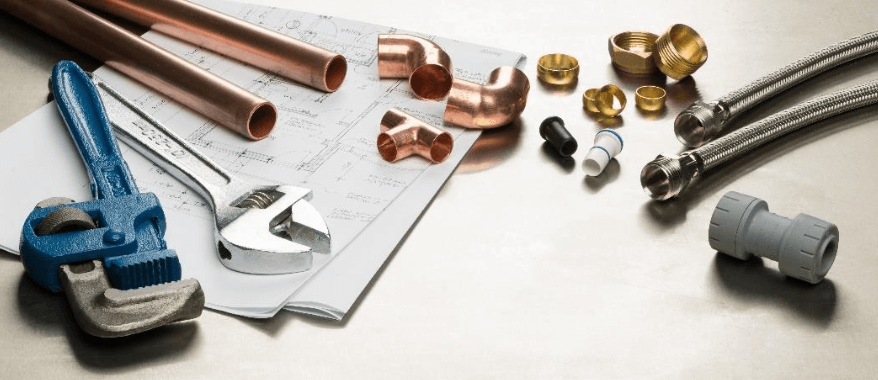
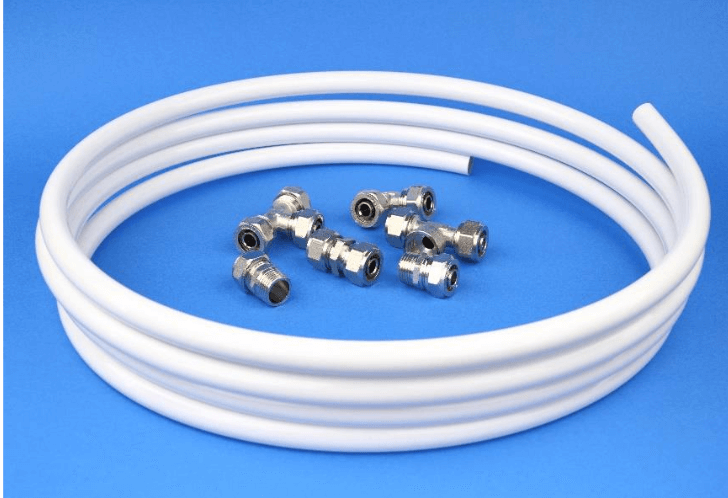
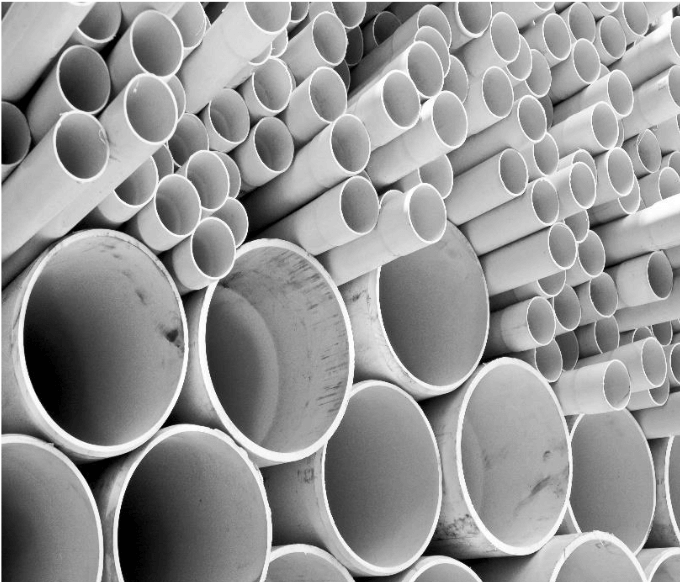
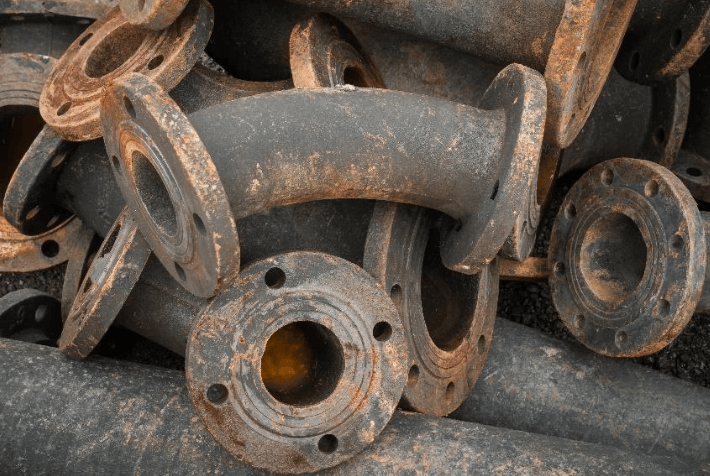
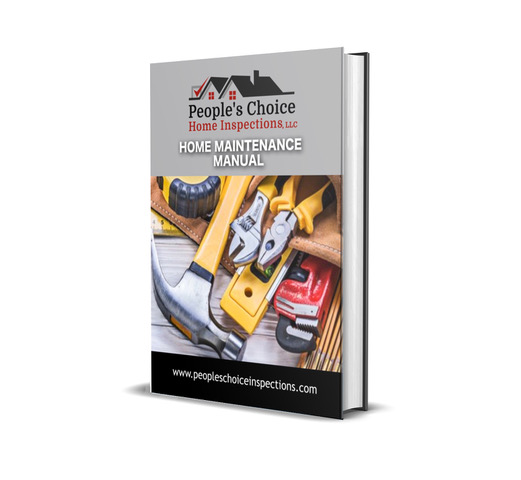


Leave a Reply
Want to join the discussion?Feel free to contribute!